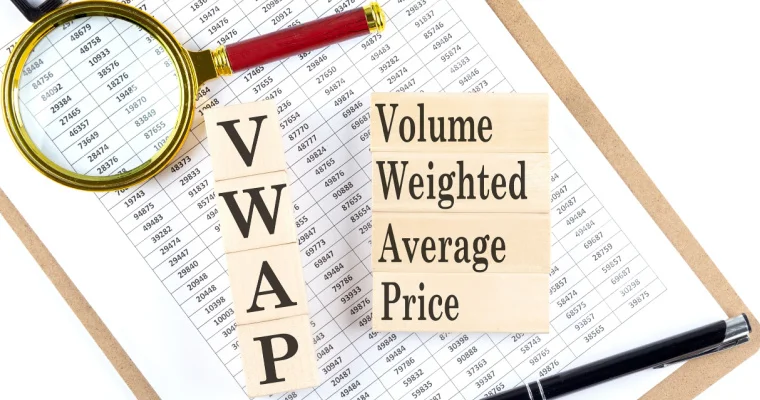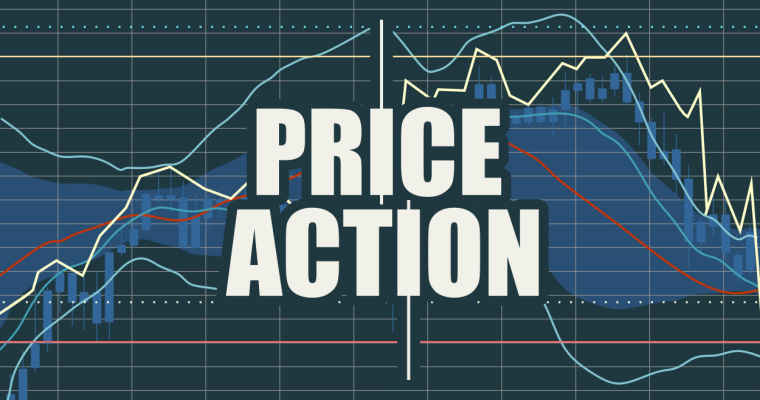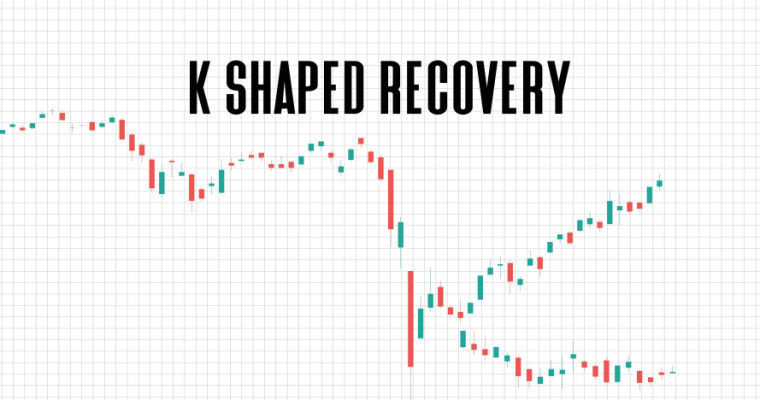What are Undervalued Stocks – Its Examples, Benefits and How to Invest in Them

Undervalued stocks are shares with a market value lower than their original or intrinsic value. There are numerous reasons for undervaluation ranging from overall market slowdown to sector-specific changes. The system of investing in undervalued stocks is referred to as value investing and was made popular by Benjamin Graham.
This blog is an easy guide to understanding how undervalued stocks work, an example, why stocks become undervalued, how to identify them and their benefits and limitations. Read on!
How Do Undervalued Stock Work?
When investors believe that a company’s share price is lesser than it should be, the stock is said to be undervalued. That could happen, for instance, if a company was involved in a larger market selloff.
Consider a case where there’s negative news about the banking sector floating around. This would lead Investors to sell off a big portion of the stocks of banking companies. The negative news was specifically for some banks but still the stock of other financial organizations was aggressively sold which decreased the share values of such companies. Other investors might then start to believe that some of those unaffected stocks are undervalued.
How Do Stocks Become Undervalued?
At times, stocks are undervalued because they get dragged down due to short-term market volatility due to market crashes, surprising financial results, or just bad press. It is quite likely for the prices to jump back to their original value in the short run. However, some stocks are undervalued over the medium run due to a lack of interest from investors or the absence of cyclical market variations.
The following are qualitative factors that could potentially make stocks undervalued:
- The firm’s credit rating markers its debt-reliance
- Account of profit and loss during the last recession
- Involvement of the company in a financial scam
- If the products offered by the company are sustainable, scalable and profitable in the coming years
Example of an Undervalued stock
Let us assume you have purchased shares of a Firm XYZ at INR 50/share. The firm has 1,00,000 stocks in circulation and reports a profit of Rs.5,00,000. Now, the EPS of the company is Rs.5 (Rs.5,00,000/1,00,000).
The firm’s P/E (price to earning ratio) is calculated using share price/EPS i.e., 50/5. The P/E ratio is 10. It means for every INR 10 you invest in the company, you will make INR 1 in profit. Currently, the market index shows an average P/E ratio of 12.
The company XYZ has a lower P/E ratio as opposed to the market standard and this suggests that the stock of the company is undervalued.
Ways to Identify an Undervalued Stock
Investors determine the valuation of stock by carefully assessing the company’s financials such as profits, revenues, cash flows, and other factors such as market trends, and developments in the sector of the company. The following are some of the key financials to identify an Undervalued Stock:
- Price-to-Book Ratio: P/B ratio is calculated using the company’s book value (total value of its assets/total number of stocks in the market) and per unit stock price. This helps in determining the fiscal position of the company and whether it is capable of earning profits in the future. If the market value is lower than the book value, we can say the stocks are undervalued.
- Net Cash Flow: The amount remaining after all the essential cash outflows have been deducted is the net cash flow. Cash outflows include both- operating expenses and capital expenses. It is an important parameter in determining if the company stock is undervalued. For instance, a firm with free cash flow can pay the current debts, invest in research and development, release dividends on time, and launch fresh products.
- Price-to-Earnings Ratio: It is the ratio of stock price to earnings per share of the company. It helps investors understand if the stock is underperforming in the present scenario and if it will be profitable in the future. Hence, it is also regarded as one of the most important metrics for identifying undervalued stocks.
Advantages of Undervalued Stocks
The following are key advantages of undervalued stocks:
- The prices of undervalued stocks automatically rebound to their intrinsic value thereby ensuring profits
- It allows investors to buy shares at a lower price from exceptional and promising companies
- The risk level is low as undervaluation is cyclical and the firm can achieve the original value
Disadvantages of Undervalued Stocks
The following are some of the disadvantages of undervalued stocks:
- It might take a substantial amount of time for the company’s market value to adjust thereby giving slow returns
- Professional investors have an edge over retail investors on acting over hot stock tips faster. It is quite likely that by the time you invest, the price of the share would have gone up, shrinking the profits
- Not all firms with low valuation will likely experience a rise in market value. There are multiple factors that come into play while deciding the value of the company and often people miss out on some key factors which could significantly impact the real value of the business. In such cases, people end up investing in businesses whose market value won’t appreciate. Value trap stocks appear to be undervalued but their prices don’t rise with expectations
Who Should Invest in Undervalued Shares?
Undervalued shares have a great potential to yield higher returns provided investors can judge the multitude of variables related to stock in a precise and accurate manner.
Investors should have enough technical knowledge to understand how to diligently analyze a company and its shares to figure out which companies’ earning potential is going to increase in the coming times.
Value investors wait for the market scenario where a stock price will drop below its original value. They believe that if they can buy the share of a company at a lower price, where they get the same product, why should they burn extra money in purchasing the share at a higher price?
Experienced investors with decent knowledge and expertise in the stock market should only invest in undervalued shares.
Final Word
Investing in undervalued stocks can bring handsome returns if done the right way. To make the right investment decision, you should conduct a detailed fundamental and technical analysis. It is also important to be cautious of value traps.
If you want to avoid the hassle of extensive research and invest in low-cost funds, visit Navi Mutual Fund. Invest in a host of diverse funds with SIP of just Rs.10. Download the Navi app now!
FAQs
Ans: As per the latest reports, some of the most undervalued Indian stocks are Sonata Software Ltd., Avanti Feeds Ltd., HCL Technologies Ltd., Castrol India Ltd., and Oracle Financial Services Software Ltd.
Ans: There is no fixed answer to this as investing in undervalued shares depends on multiple factors. Some of the pros of investing in the best-undervalued stocks are attractive returns and low risk due to their cyclical nature. However, there are cons too which include the risk of running a flawed analysis, and the time taken for research.
Ans: Theoretically, when a stock is overvalued, its price will fall as soon as the market as a whole agrees that the price was excessive, given the anticipated earnings or the present economic climate.
Ans: Some of the top undervalued stocks on the S&P 500 currently are eBay Inc, NRG Energy Inc, American International Group Inc, Lumen Technologies; Inc, and Hewlett Packard Enterprise Co.
Ans: The companies are impacted by the soaring prices which increase expenses and reduce profits. The price rise also declines the spending potential of customers. Due to the reduced spending, they are buying less which further declines the profit and the earnings per share take a hit. When the EPS reduces, the P/E ratio rises and makes the stocks overvalued.
Want to put your savings into action and kick-start your investment journey 💸 But don’t have time to do research? Invest now with Navi Nifty 50 Index Fund, sit back, and earn from the top 50 companies.
Disclaimer: Mutual Fund investments are subject to market risks, read all scheme-related documents carefully.
This article has been prepared on the basis of internal data, publicly available information and other sources believed to be reliable. The information contained in this article is for general purposes only and not a complete disclosure of every material fact. It should not be construed as investment advice to any party. The article does not warrant the completeness or accuracy of the information and disclaims all liabilities, losses and damages arising out of the use of this information. Readers shall be fully liable/responsible for any decision taken on the basis of this article.

Customer’s Feedback
No comments found.Illiquid Stocks Guide: Definition, Examples, and its Working
Illiquid stocks are part of a long-term investment strategy that is appropriate for investors who a... Read More »What is Shooting Star Candlestick Pattern in Trading?
The shooting star candlestick pattern is considered to be a bearish reversal candlestick ... Read More »What is VWAP Indicator and How to Use it for Trading
The VWAP indicator shows the volume-weighted average market price of a particular stock. You can us... Read More »What is Price Action Trading: Its Strategy, Stop Loss and Profit Targets
Price action trading is a methodology in which the trader solely relies on analysing a security’s... Read More »What is Buy the Dip Strategy in Trading – Working and Example
‘Buy the dip’ is one of the most common phrases in the stock market. It is sort of a go-t... Read More »What is the Black Scholes Model – Formula, Calculation and Assumptions
Among the important concepts in modern financial theory, the Black Scholes model, developed in 1973... Read More »What is Iron Condor and What are its Strategies?
Iron Condor is an options trading strategy that involves four options with the same expiration date... Read More »What is Harmonic Pattern and How Does it Help in Trading?
Harmonic patterns are one of the most efficient and effective trading patterns. Although they are m... Read More »What is a Contract Note and Why is it Important?
Contract note is a legal document containing the details of every stockbroker's trade on a stock ex... Read More »What is K-shaped Recovery: Indication, Example and
Economies go through multiple phases in business cycles. One such phase is a recession which is mar... Read More »Guide to Book Building – Its Types, Benefits and Process
Initial public offerings (IPOs) are priced as specified by their underwriters. The process by which... Read More »Support and Resistance in Trading: Working, Strategies, Uses and Example
Support and resistance are two of the most significant and practical concepts in technical analysis... Read More »Top 10 Chit Fund Schemes in India in 2023
Chit funds are one of the most popular return-generating saving schemes in India. It is a financial... Read More »10 Best Gold ETFs in India to Invest in April 2023
Gold ETFs or Gold Exchange Traded Funds are passively managed funds that track the price of physica... Read More »10 Best Demat Accounts in India for Beginners in 2023
Creation of Demat accounts revolutionised the way trades were conducted at the stock exchanges. It... Read More »20 Best Index Funds to Invest in India in April 2023
What is an Index Fund? An index fund is a type of mutual fund or exchange-traded fund (ETF) that... Read More »Best Arbitrage Mutual Funds to Invest in India in April 2023
Arbitrage funds are hybrid mutual fund schemes that aim to make low-risk profits by buying and sell... Read More »10 Best SIP Plans in India to Invest in April 2023
What is SIP? SIP or Systematic Investment Plan is a method of investing a fixed amount in ... Read More »10 Best Corporate Bond Funds in India to Invest in April 2023
Corporate bond funds are debt funds that invest at least 80% of the investment corpus in companies ... Read More »10 Best Bank for Savings Account in India [Highest Interest Rate 2023]
Savings account is a type of financial instrument offered by several banks. It lets you safely depo... Read More »






























